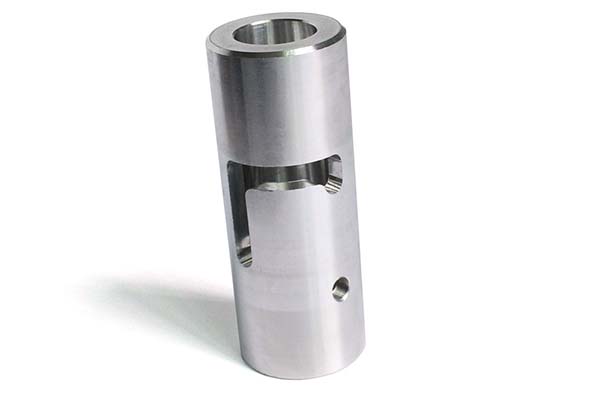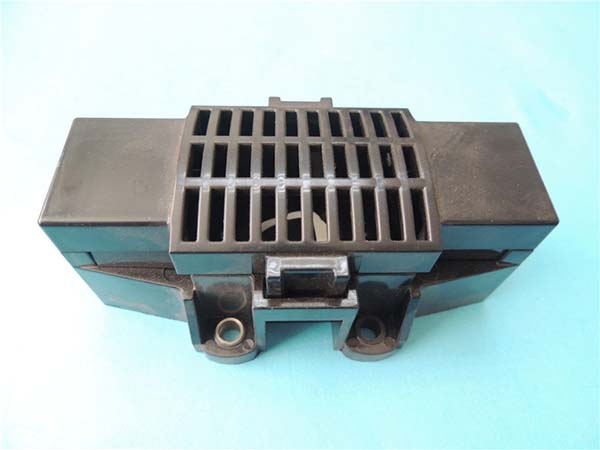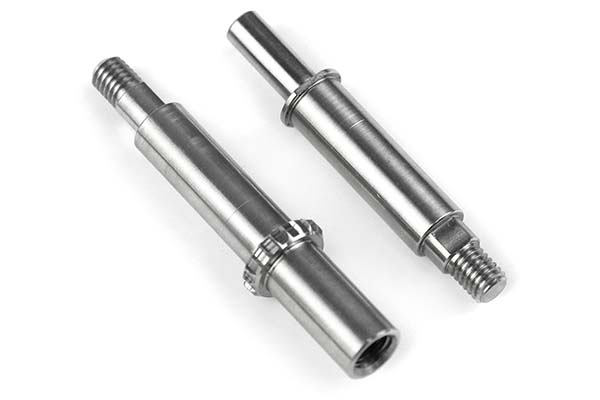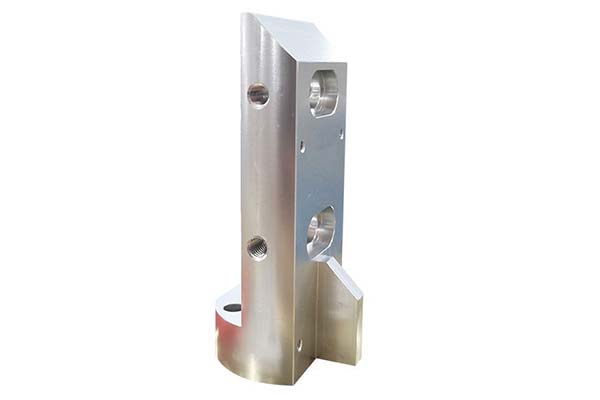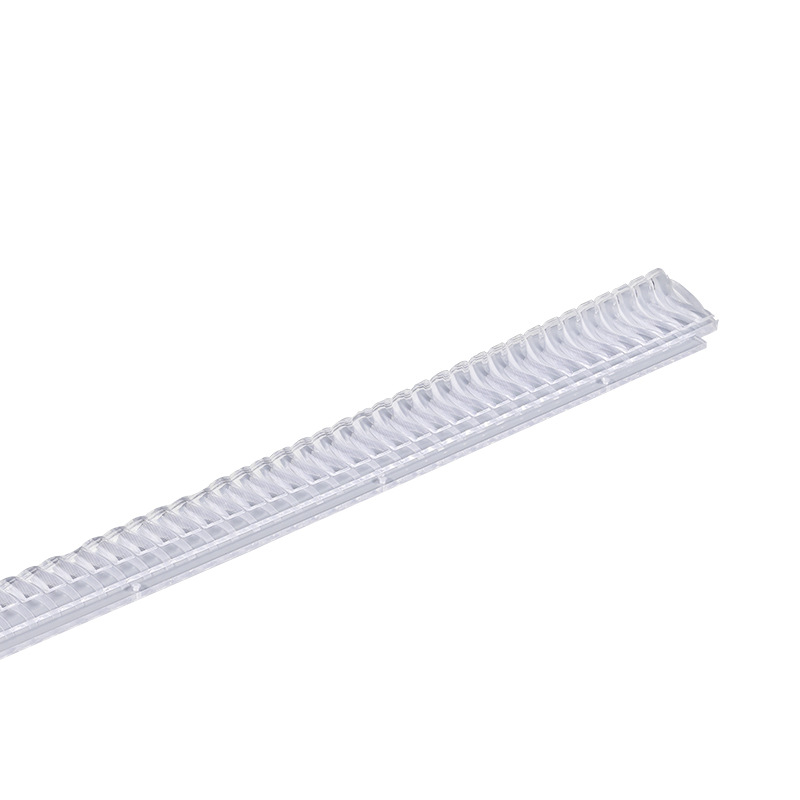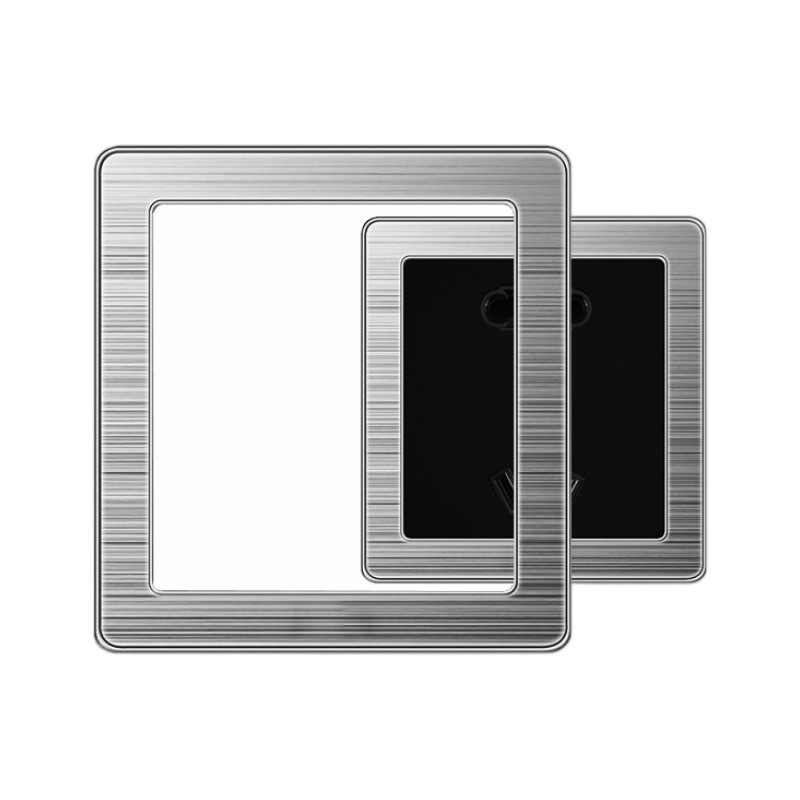Yigu: Managing the cost of machining is a top priority for manufacturers, yet it's filled with challenges. Many struggle to accurately identify all cost components, leading to budget overruns. Choosing materials that balance cost and performance often leaves decision - makers confused. Inefficient use of tooling and equipment, coupled with labor productivity issues, further drives up costs. In this guide, we'll break down each aspect of machining costs and provide actionable strategies to control and reduce them.
Cost Components: Understanding Where Your Money Goes
Direct and Indirect Costs
Direct material costs are the expenses directly tied to the raw materials used in production. For example, if you're machining aluminum parts, the cost of the aluminum billets is a direct material cost. Direct labor costs include the wages of workers directly involved in the machining process, such as machine operators.
Indirect costs are less obvious but equally important. They include machine depreciation (the decrease in value of machines over time), maintenance costs for keeping equipment running smoothly, and energy consumption to power the machines. A small manufacturing plant might spend \(5,000 - \)10,000 monthly on indirect costs alone.
Fixed and Variable Costs
Fixed costs remain constant regardless of production volume. Examples are rent for the facility and insurance premiums. These costs don't change whether you produce 100 or 1,000 parts.
Variable costs, on the other hand, fluctuate with production. Raw material waste is a variable cost; the more parts you produce, the more waste you might generate if processes aren't optimized. For instance, a 5% waste rate on a 10,000 - part order can add up to significant extra material expenses.
Material Selection: Balancing Cost and Performance
Material Cost and Availability
The material type you choose has a huge impact on costs. Aluminum alloys are generally cheaper than titanium, with aluminum costing around \(2 - \)5 per pound compared to titanium's \(30 - \)50 per pound. However, titanium's unique properties make it necessary for certain high - performance applications.
Material availability also affects costs. If a material is in short supply, its price can spike. For example, during periods of high demand for copper, its material cost per unit can increase by 20% or more. Material lead time is another factor; longer lead times might require holding more inventory, increasing material storage costs.
Material Properties and Compatibility
While cost is important, material properties can't be ignored. A cheaper material that doesn't meet strength requirements might lead to more rework costs later. For example, using a low - grade steel for a load - bearing part could result in frequent failures and costly repairs.
Material compatibility with machining processes is key too. Some materials are easier to machine, reducing machining time and tool wear. Brass, for instance, is highly machinable, while hardened steel requires more expensive tools and longer processing times.
Tooling and Equipment: Maximizing Efficiency and Minimizing Costs
Machine and Tool Costs
Machine tool costs are a significant investment. A basic CNC milling machine can cost \(10,000 - \)50,000, while a high - end 5 - axis machine can exceed \(200,000. **Cutting tools** are ongoing expenses; carbide tools, though more expensive upfront (\)20 - \(100 each), have a longer **tool life** than high - speed steel tools (\)5 - $20 each).
Tool replacement frequency depends on usage and material. When machining abrasive materials like carbon fiber, tools might need replacement every 50 - 100 parts, adding to costs. Tool sharpening costs are also a consideration; re - sharpening a carbide tool can extend its life but costs \(5 - \)15 per sharpening.
Equipment Maintenance and Efficiency
Regular equipment maintenance prevents costly breakdowns. A well - maintained CNC machine might have maintenance costs of 2 - 3% of its purchase price annually, while a neglected machine could see costs rise to 10% or more.
Machine setup time is a hidden cost. A complex setup for a small batch of parts can take 2 - 4 hours, during which the machine isn't producing. Optimizing setup processes can reduce this time by 30 - 50%. Equipment efficiency is measured by uptime; a machine that's operational 80% of the time is more cost - effective than one with 60% uptime.
Labor and Skills: Investing in Productivity
Skilled vs. Unskilled Labor
Skilled labor costs more, with experienced CNC programmers earning \(25 - \)40 per hour, compared to \(15 - \)20 for unskilled labor like material handlers. But skilled workers are worth the investment. They can set up machines faster, program more efficient toolpaths, and reduce errors, ultimately lowering costs.
Training costs are necessary to keep skills up - to - date. A company might spend \(1,000 - \)3,000 per employee annually on training, but this leads to higher labor productivity. A trained operator can produce 20 - 30% more parts per hour than an untrained one.
Labor Scheduling and Turnover
Overtime costs (1.5 times regular pay) can add up quickly. Poor labor scheduling might force overtime to meet deadlines, increasing direct labor costs by 20 - 50% in peak periods.
Labor turnover is costly too. Replacing a skilled machinist can cost \(5,000 - \)10,000 in recruitment and training. Offering competitive wage rates and employee benefits reduces turnover and saves money in the long run.
Process Optimization: Cutting Waste and Time
Machining and Cycle Time
Machining time is a major driver of costs. A part that takes 10 minutes to machine costs twice as much in labor and machine time as one that takes 5 minutes. Cycle time includes loading/unloading and tool changes. Using process automation like robotic loaders can reduce cycle time by 15 - 25%.
Lean manufacturing principles eliminate non - value - added processes. For example, inspecting parts twice when once is sufficient wastes time. Identifying and removing such processes can reduce overall production time by 10 - 20%.
Process Improvement Strategies
Implementing value - added processes only adds value to the part. For example, combining two machining operations into one reduces handling time. Process improvement teams can find such opportunities, leading to cost reductions of 5 - 15% annually.
Quality Control: Avoiding Costly Mistakes
Inspection and Defect Costs
Inspection costs include equipment and labor for checking parts. A coordinate measuring machine (CMM) costs \(50,000 - \)150,000, and an inspector might spend 10 - 20% of their time inspecting parts.
A high defect rate is expensive. If 5% of parts are defective, and each part costs \(10 to produce, a 10,000 - part order wastes \)5,000. Rework costs for defective parts are often 50 - 100% of the original production cost, and scrap rate (parts too defective to rework) adds to material waste.
Quality Assurance and Standards
Following quality standards like ISO 9001 reduces defects. Using statistical process control (SPC) tools to monitor production can lower defect rates by 30 - 40%. The cost of quality assurance is far less than the cost of poor quality, which includes customer complaints and lost business.
Yigu Technology, as a plastic metal parts custom manufacturing Supplier, knows that managing machining costs is vital for competitiveness. We focus on optimizing material selection, tool usage, and labor efficiency. By balancing quality and cost, we help clients reduce machining expenses while maintaining high - quality parts, ensuring long - term profitability.
FAQ
- How can I reduce raw material waste in machining?
- Optimize nesting of parts on raw material sheets to maximize usage, use software to calculate exact material requirements, and train operators to minimize cutting errors. This can reduce waste from 5 - 10% to 2 - 3%.
- Is it better to buy new equipment or maintain old machines to control costs?
- It depends on the old machine's efficiency and maintenance costs. If an old machine has high downtime and maintenance costs exceeding 10% of its value annually, investing in new, more efficient equipment (with lower energy use and higher productivity) is better in the long run.
- How does labor skill level affect machining costs?
- Skilled labor reduces errors, shortens setup and machining times, and optimizes processes, lowering overall costs. Though hourly rates are higher, the increased productivity and reduced waste make skilled labor more cost - effective than unskilled labor.
